Autonomous cars, drones in virtual environments, and state-of-the-art localization systems were highlighted on the Autonomous Systems National Laboratory (ARNL) demonstration day. The conference titled “Innovation in Motion” was organized at the ZalaZONE Automotive Proving Gound. The aim of the event was to showcase research and development results and innovative solutions for future mobility in real-time to representatives from the R&D sector and industry.
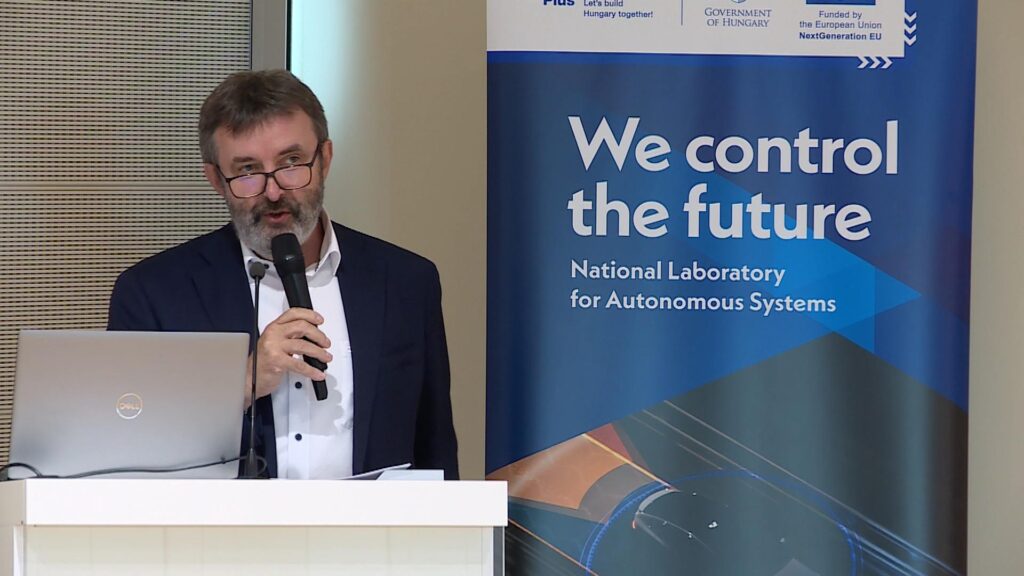
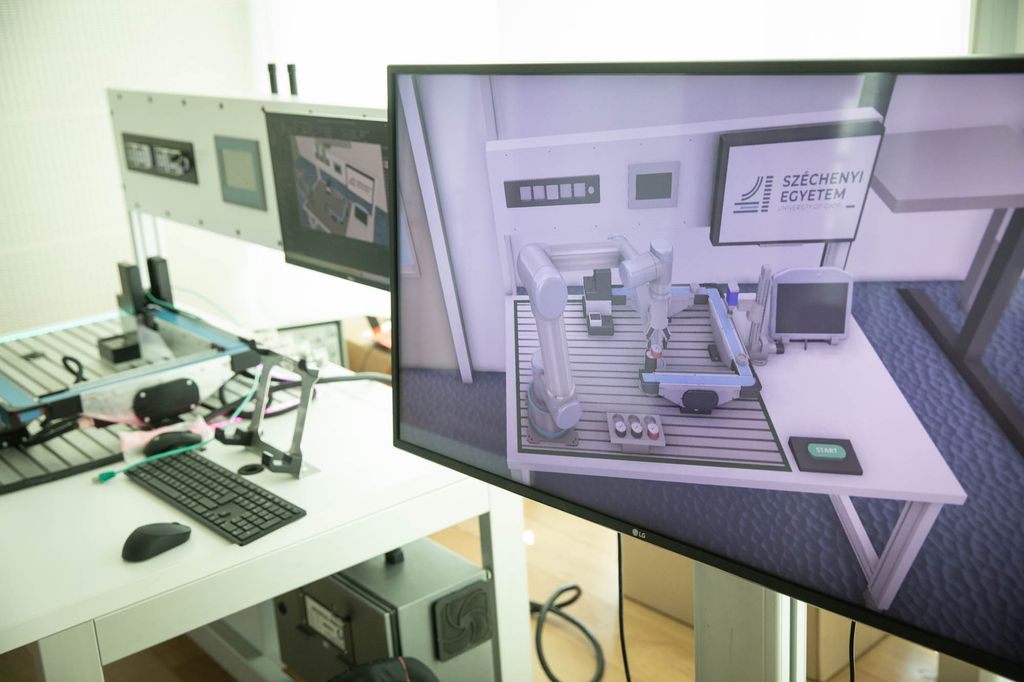
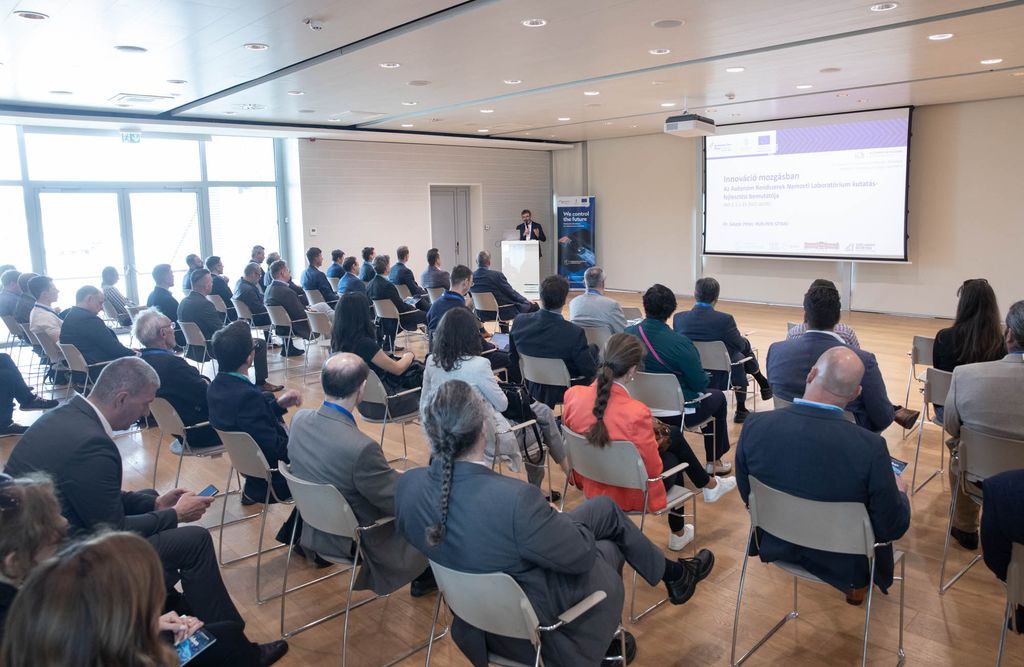
The ARNL research groups, including the HUN-REN Institute for Computing and Automation, the Budapest University of Technology and Economics, and the Széchenyi István University, collaborated and developed the latest systems. Among the showcased technologies were 3D models generated from camera images, LiDAR-based positioning algorithms, and real-time decision-making systems. Professor Péter Gáspár, the scientific lead of ARNL, emphasized that the results from Hungarian laboratories are now competitive on international level, and the goal is to further develop these technologies and make them widely accessible, contributing to safe, intelligent, and sustainable mobility.
The focus of the event was not only a conference, but also the presentation of the latest developments in interactive outdoor and indoor demonstrations.
Visitors could learn about autonomous racing cars that have proven themselves in international competitions and play a significant role in student talent development and education. Additionally, they showcased the fusion of terrain recognition systems used in the Shell Eco Marathon race and the head-up display technology utilizing augmented reality, which is revolutionizing the development of autonomous vehicles.
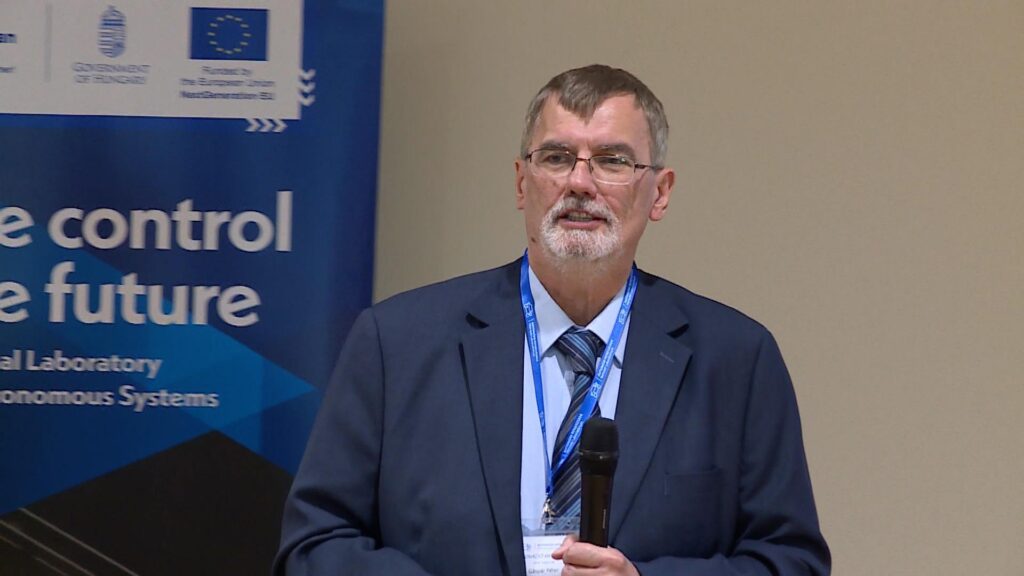
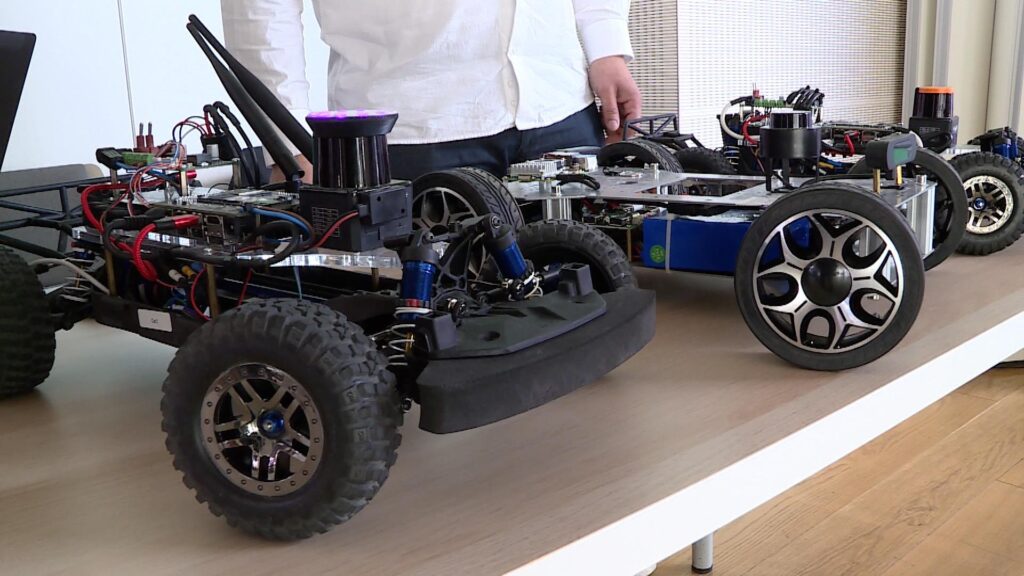
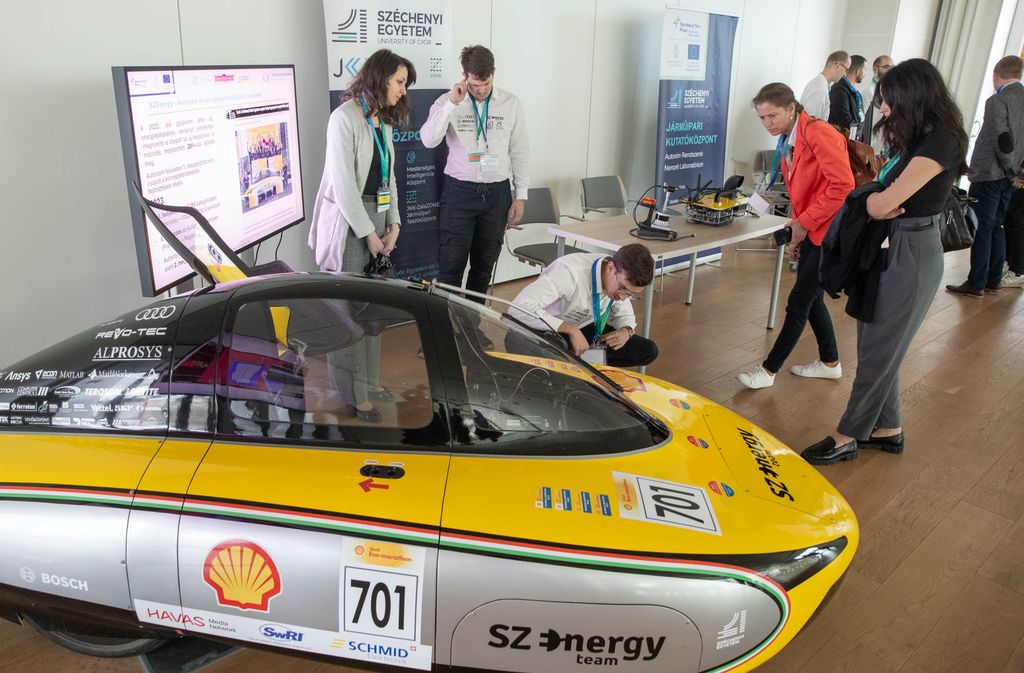
In his opening speech, Prof. Dr. László Palkovics, the government commissioner responsible for artificial intelligence, emphasized that the development of autonomous systems is no longer just a scientific challenge but also an industrial and social necessity.
Among the innovations showcased in the presentation, several solutions stood out as potentially valuable for industrial applications. For example, a prototype of a robot serving a test track, capable of placing traffic management devices on the highway without human intervention, contributing to safer traffic flow and increased travel safety.
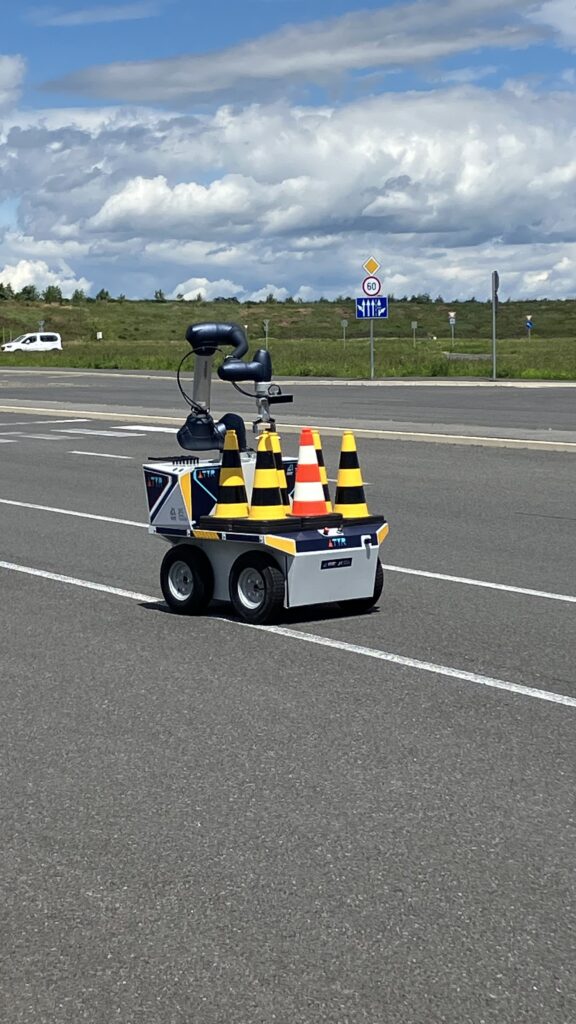
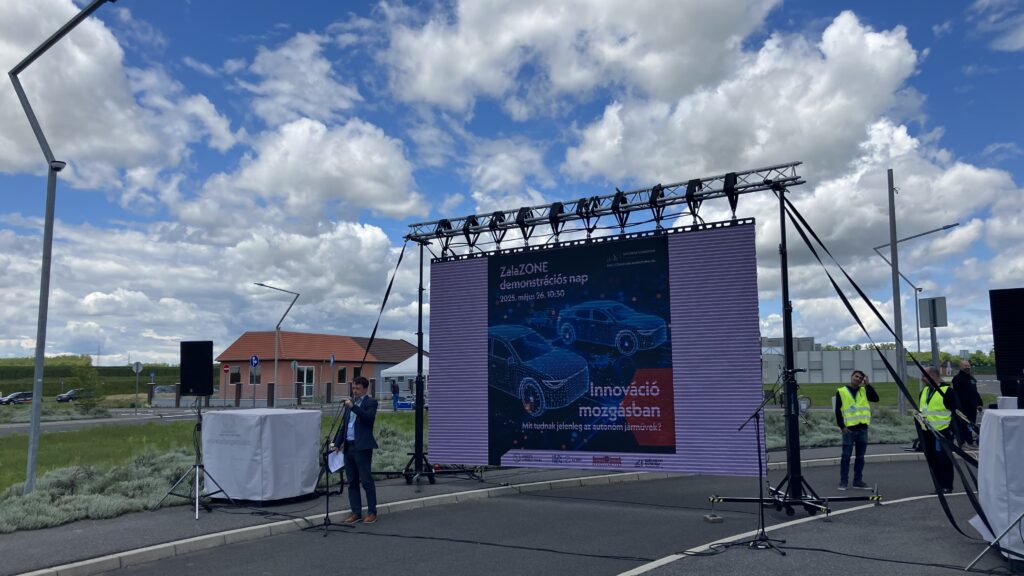
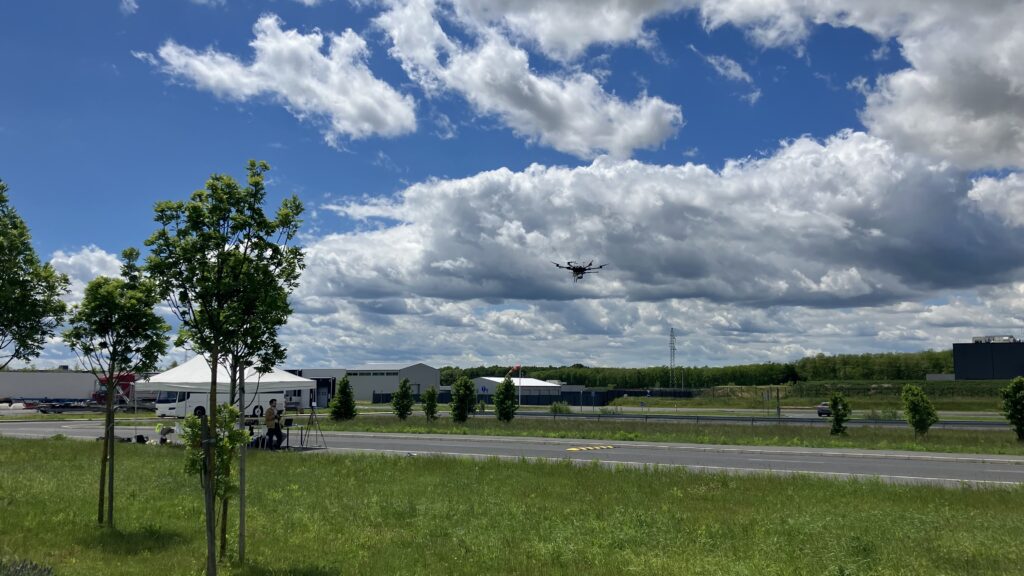
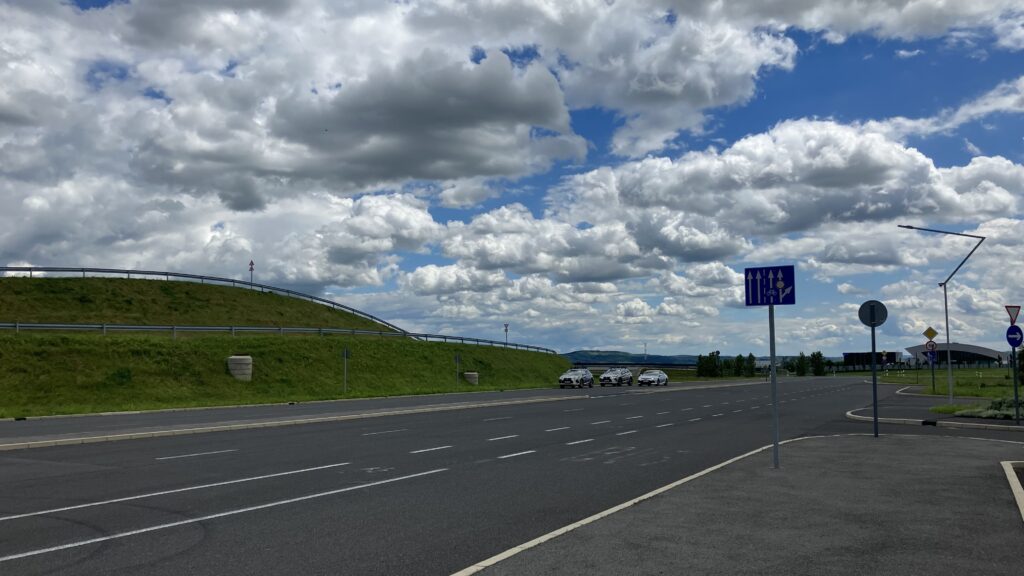
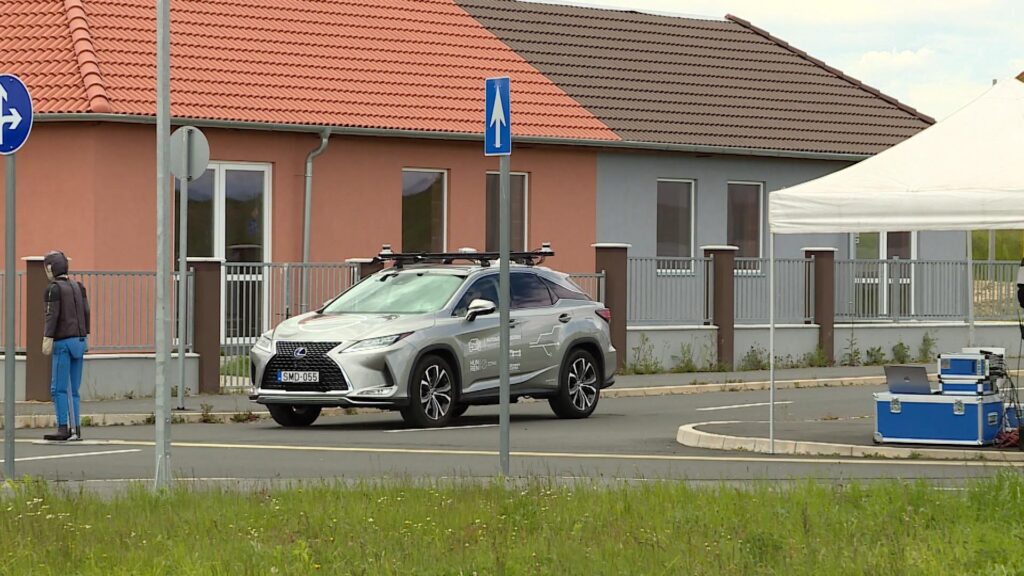
Fotos: Médiacentrum Zalaegerszeg, Zalai Hírlap, ZalaZONE
